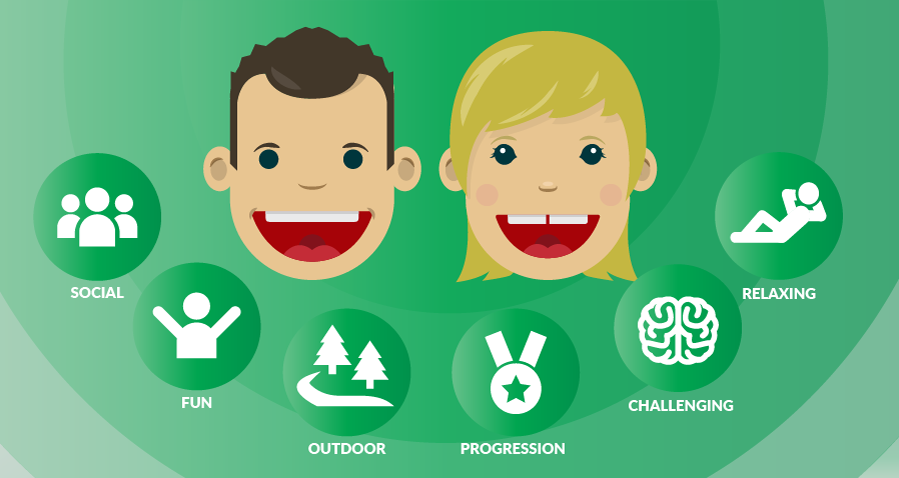Junior Golf Participation Across Europe
Introduction
Golf is a tremendous sport. It’s a sport which is not only focused on harnessing a range of different techniques on the course, but also designed to teach players various skills off it.
When considering junior golfers, helping them to foster traits such as fairness and goodwill from a young age.
Junior participation is not only beneficial for boys and girls, but for golf courses and clubs represents the new pool of raw talent.
On a grander scale, junior participation and membership represents a monumental indicator of the overall health of the game.
So, at Golf Support, we decided to investigate junior golf prevalence in the Europe and see what needs to be done to improve participation domestically.
The Benefits of Golf for Juniors
Four Countries in Europe with the Highest Proportion of Junior Golfers
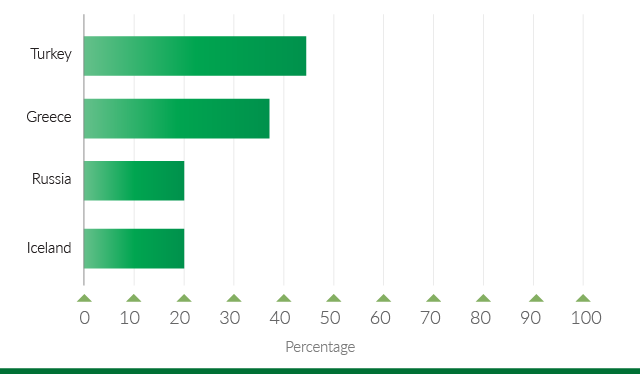
Source: KPMG
Closer Look: Turkey
With favourable climate conditions, Turkey has emerged as a rising star in the world of Golf.
Belek, a town in the Southern Mediterranean Coast, has been developed as the central hub for Golf in Turkey. It has 14 of the 20 golf courses in Turkey and its gorgeous coastlines also makes it a very appealing proposition for Golfers.
Turkey has the highest portion of junior golfers in Europe at 44%. Ten years ago (2006), the Turkish Golf Federation developed the Junior Golf League with the central aim of promoting Golf amongst Juniors. Today, there are over 200 juniors competing in the league. The league also provides a platform for Olympic stardom, as a few will be selected to play for the Turkish National Team at the 2020 Tokyo Olympic Games.
Other initiatives offered by many of the clubs in Turkey include free coaching and equipment loaning schemes. These schemes are effective when attracting juniors as well as their parents as it takes away the barrier of being deterred by the some of the costs of playing.
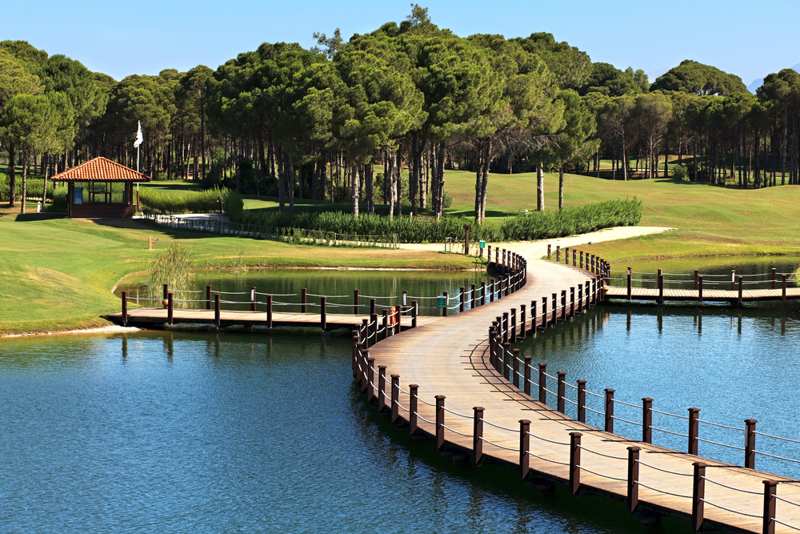
Photo credit: yykkaa/Shutterstock Area of Sueno Golf Club, Belek, Turkey
Closer Look: Greece
Like Turkey, Greece has an ideal climate for golf. Despite having only 9 golf courses, Greece has a substantial amount of junior golfers, compared to all other registered golfers.
One possible reason for this can be attributed to the introduction of Summer golf camps held at locations such as Costa Navvarino, located in Greek region of Messinia. The region has a state of the art golf course designed by former Ryder Cup captain, Berhnam langer.
These camps aim to stimulate interest and inspire junior players to continue playing Golf. Professional tuition is given, alongside teaching golfing theory to those aged 8-17.
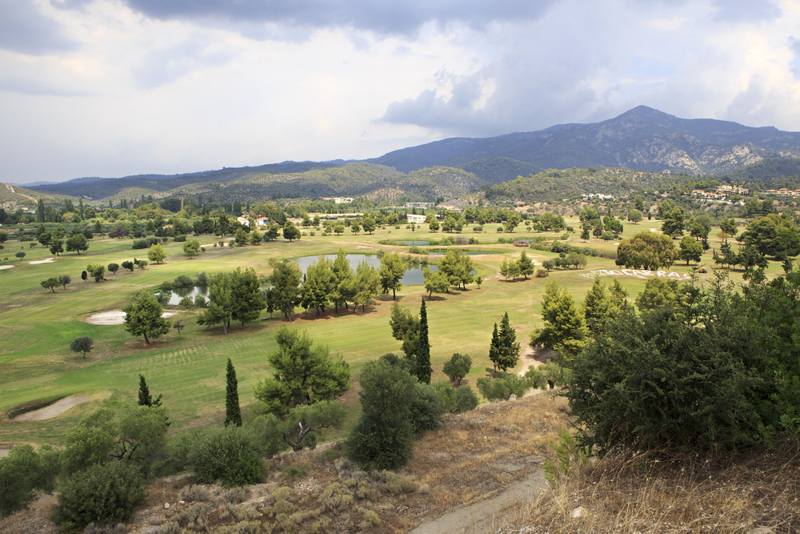
Photo credit: yykkaa/Shutterstock Sithonia, Greece, Golf course of Porto Carras Grand Resort
Closer Look: Russia
In Russia, the proportion of junior golfers is currently at 20%. Although much of Russia faces adverse weather conditions much of the year, golf is gaining more popularity since being accepted into the Olympics.
The National Golf Youth Championships, held just outside Moscow in August 2016, proved once again that the sport is gaining more and more attention in Russia since becoming an Olympic discipline. The competition saw 100 youngsters take to Russia’s best golf club, Tseleevo, two hours north of Moscow.
At most Russian Golf Clubs there is also a junior section which offers free training to kids from local schools.
These Golf clubs have provided some of Russia’s best golfers for instance, Anastasia Kostina:
"When the club called Moscow Country Club opened not far from where I live, in Nakhabino, trainers went around local schools and invited kids to join the youth section for free”.
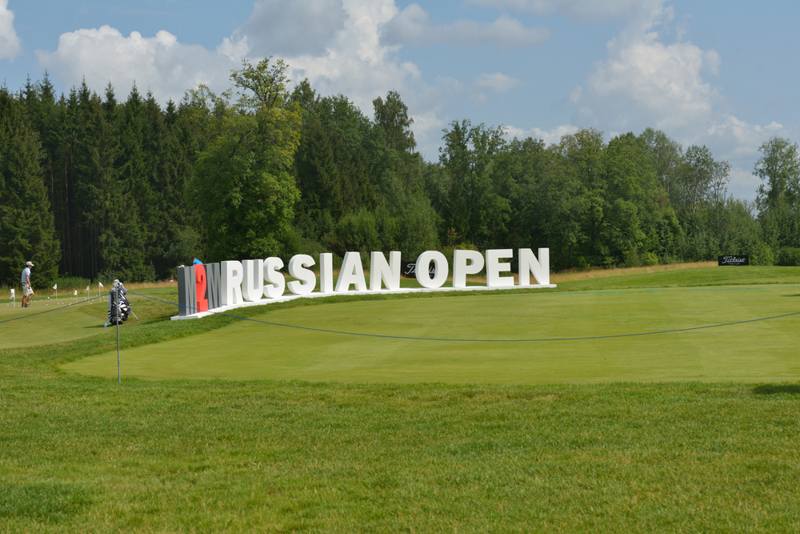
Photo credit: Lilyana Vynogradova/Shutterstock. Tseleevo Golf & Polo Club
Four Countries in Europe with the Lowest Composition of Junior Golfers
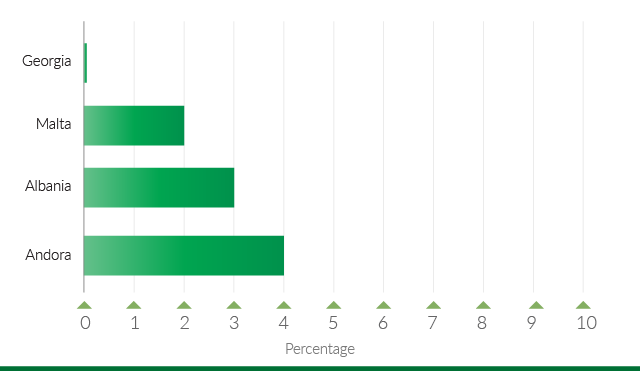
Source: KPMG
Closer Look: Georgia
Georgia is a country which has generally found it difficult to develop and grow after its separation from the Soviet Union. The first ever golf course in Georgia was only recently opened in 2014. Golf in Georgia is only at its infancy, with developments such as the new 18-hole ‘Primera’ golf club already in construction. Figures are expecting to see junior membership gradually grow from its current non-existent (0%) status.
Closer Look: Malta
Just like Georgia, Malta only has one Golf course (The Royal Malta Golf Club) on its Island. Though unlike Georgia, its Golf course boats a rich history since its foundation in 1888. Malta’s 2% junior membership can be largely attributed to its junior academy programme; which encompasses regular training, rules and etiquette sessions for juniors whilst also offering various enjoyable social activities.
Closer Look: Andorra
Andorra is a country which is sandwiched between France and Spain; with only two golf courses. The Vall d’ Oridino Golf Club and Golf Soldeu, both 9-hole courses and the latter being accredited as the tallest Golf Course in Europe at 2250 meters.
Andorra’s 4% junior membership is understandable, especially when individuals can (and do) easily go to its neighbouring countries to gain better access to a wider choice of golf courses and facilities (France and Spain have a combined total of 1,085 golf courses).
The Composition of Junior Golfers in British Isles
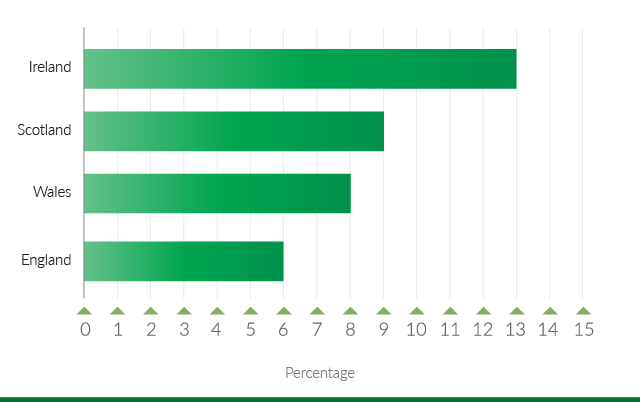
Source: KPMG
Closer Look: Wales
Golf Development Wales was created as a result of its successful bid for the 2010 Ryder Cup. It was primarily established to encourage more people, especially the young and women, to take up Golf.
Using ‘Tri-Golf’, a mini version of golf specifically designed for young children, the sport has been introduced to thousands of primary school throughout Wales.
Golf Development Wales has also worked very closely with various Welsh Golf Courses to help train volunteers to organise and facilitate enriching golf sessions aimed specifically at junior players which are fun as well as educational.
Closer Look: Scotland
In Scotland, the Club Golf Programme aim is to create opportunities for all school children to experience Golf, including an average of 40,000 primary school children.
The programme has been very successful. Teachers in schools have been trained to fluently deliver the Club Golf’s introductory game. In 2011, 73% (38,135) of Scotland’s children in year 5 received an introduction to Golf.
The impact of the Club Golf programme can be further demonstrated in the transition rate. In 2011, the number of children from primary school to the club golf coaching programme was 12,675.
The programme is supported by a strong network of Golf Clubs. 303 Golf Clubs and facilities support the Club Golf Coaching Programme. Coaching is provided by an extensive workforce of over 1,500 volunteers, many of whom have taken various training sessions to become qualified at different golf coaching levels.
Making Golf More Attractive for Juniors
With the younger generation nowadays accustomed to instance gratification, golf’s traditional four-hour plus 18-hole format is somewhat unappealing for juniors.
It’s a sentiment which is echoed by The Economist, who stated “Golf’s calm pace no longer fits in with modern lifestyle”.
Rory Mcllroy, a four-time major champion, also notoriously said that in order to attract more juniors to play golf, the game needed to be quicker.
A realistic solution to speeding up golf is to play on shorter courses. 6-hole and 9-hole course would provide the grounding needed to make the game quicker; therefore more attractive for juniors.
France, who are the hosts of the 2018 Ryder Cup, are recognising the need to increase their junior participation and membership and are therefore actively encouraging the development of shorter courses. Their commitment to this strategy is evident, as they have the second most 6-hole golf courses in Europe.
English Golf Union also seems to be following in the footsteps of France by launching their ‘Golf Express’ campaign this year. Golf Express essentially offers 9-hole golf as a shorter but complete and more enjoyable experience that is consistent with the usual customs of Golf.
Schools have the potential to be a major influencer, effectively contributing towards kindling an interest in Golf. Likewise, when played at school, children can adapt basic skills acquired to play golf in a more relaxed environment, having learnt the rules of the game.
Once kids have tried playing golf and realise they have an aptitude for the game they are able to develop a genuine interest.
In certain European countries, golf is incorporated into the school curriculum through innovative schemes such as the ‘Start New at Golf’ programme.
According to a survey carried out by Syngenta, 42% of young non-golfers would be motivated to try golf if the rules were relaxed. With this in mind, the ‘Start New at Golf’ programme not only has all the elements of golf but also its own simplified rules.
The programme teaches and builds upon the strong fundamentals of stroking, swinging, putting and chipping to develop playing smoothly and efficiently. Most importantly though, the programme makes the playing experience of golf fun and creates a solid platform for transitioning into higher levels of golf.
Countries such as Serbia offer golf lessons to physical education coaches to better enable their teaching for their pupils.
Having a competent instructor, where pupils can connect on a personal level will inspire an enthusiastic mind-set for the game. This is validated by academic research, which shows that coaches have a very vital role in helping and sustaining junior participation.
For millennials, tapping and swiping away on their phones has become an instinctive aspect of everyday life.
This notion holds true when on the golf course, as the younger generation spend the majority of their time between shots on social media; documenting their game.
According to a report by Syngenta, the availability of Wi-Fi on the course would encourage 39% of young non-golfers to try golf.
In addition to this, technology can play a fundamental role in making golf much more entertaining and engaging (especially for the juniors). The development of smartphone applications which provide the ability to track performance and view stats over Wi-Fi – could potentially make the monumental impact in making the game more interactive.
Less Formal: Etiquette for Our Times
Fascinatingly, 15% of young people need the involvement of their social group to positively transition into a sport (Sport England) and 57% of young non-golfers would be tempted to try golf if more of their friends participated.
Unfortunately for Golf, it has the undesirable stigma of being ‘full of etiquette’.
When young people meet together as a social group, they want to partake in activities which allows them to express themselves naturally and in an environment which is fun.
If golf makes a constant effort to become less formal, junior perception would not only positively change but would create a domino effect, whereby individual boys and girls would influence their social circles to give golf a go.
Additionally, when they do decide to give it ago, rather than making them commit to a long series of ‘boring’ lessons, golf clubs as well as courses should adopt a fast-track learning program. A programme which teaches basic skills and instills rules at a quick and achievable pace.










